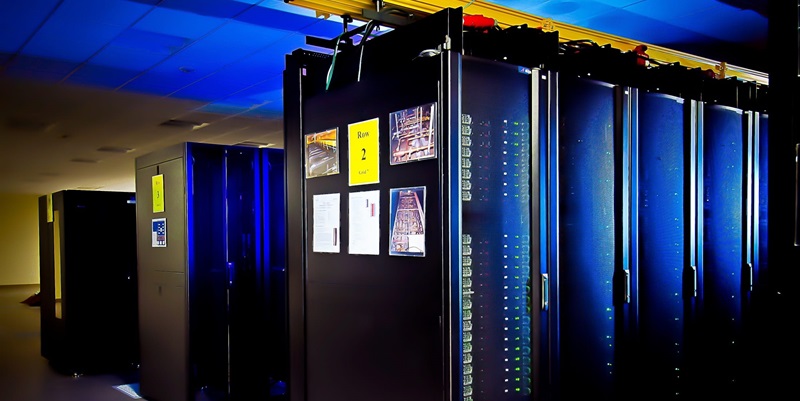Nvidia, a renowned technology company, has joined forces with YTL’s power unit (YTLP) to embark on a groundbreaking venture in Malaysia. The collaboration aims to develop a cutting-edge artificial intelligence (AI) cloud and supercomputer infrastructure, presenting a significant milestone in Malaysia’s technological advancement.
Project Timeline
The project’s timeline indicates that by mid-2024, the first phase of this ambitious endeavor is expected to be operational. This swiftly approaching milestone heralds a new era of technological excellence in Malaysia.
Project Location
The chosen location for this transformative project is YTL’s data center park in Kulai, Johor. This state-of-the-art data center will serve as the host for the innovative AI cloud and supercomputing infrastructure, combining the expertise of Nvidia and YTL.
Utilization of Nvidia’s AI Cloud Computing Platform
YTL aims to leverage Nvidia’s advanced AI cloud computing platform to construct and deploy a large language model in Malay. This move underscores a commitment to nurturing and advancing Malaysia’s language technology capabilities while supporting the local language and culture.
Malaysia’s Significance in Computing Infrastructure
Recognizing Malaysia as a pivotal hub for computing infrastructure in Southeast Asia, Nvidia CEO Jensen Huang attests to the country’s unique blend of essential requirements, ranging from access to land, top-tier facilities, and ample power capacity. In this context, YTLP’s collaboration plays a crucial role in reinforcing Malaysia’s status.
Prime Minister’s Perspective
Appreciating the strategic investment decision, Prime Minister Anwar expresses his satisfaction, stipulating that large technology corporations should continually consider Malaysia as their preferred destination within the region. This endorsement highlights Malaysia’s commitment to fostering a conducive environment for technological innovation and economic growth.
YTL Data Center Park Overview
YTL’s visionary data center park, initially announced in August 2022, holds the promise of becoming a sprawling 500MW campus. This ambitious blueprint signifies a commitment to nurturing a robust and sustainable digital ecosystem within Malaysia.
Anchor Tenant and Collaborations
Reports indicate that Singaporean IT firm Sea will serve as the anchor tenant for the development. Such collaborations bring together regional expertise and further amplify the potential impact of this project. Additionally, renowned data center developer GDS is also contributing to the development of a data center within the YTL campus.
Revenue Contribution from Singapore
Singapore’s prominence in the computing industry is underscored by the fact that 15% of Nvidia’s Q3 revenue was derived from the city-state, solidifying its position as the company’s fourth-largest customer globally. This data further emphasizes the significance and potential impact of the collaboration between Nvidia and YTL.
The partnership between Nvidia and YTLP for the development of a $4.3 billion AI cloud and supercomputer infrastructure in Malaysia represents a significant milestone in the country’s technological landscape. By combining the expertise of two influential entities, this endeavor will unlock untapped potential and drive Malaysia’s growth as a regional technology powerhouse. As Southeast Asia’s computing infrastructure gains momentum, Malaysia, with its advantageous location, robust facilities, and visionary initiatives, remains at the forefront of this digital transformation.

